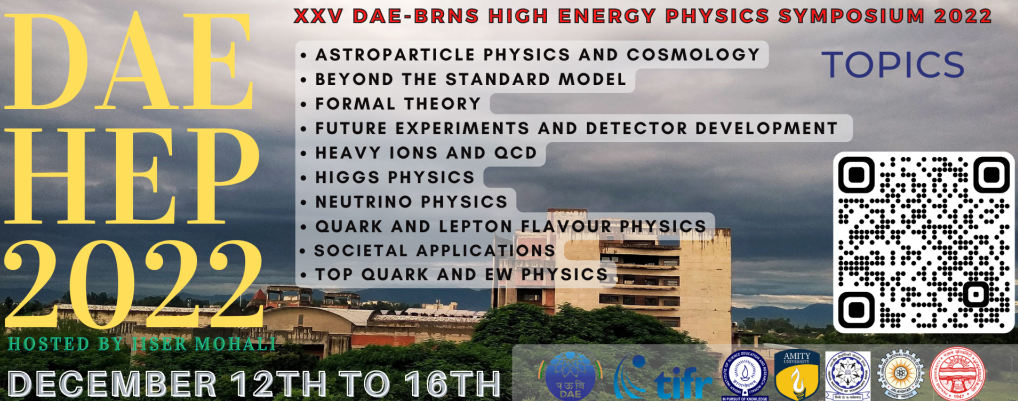Speaker
Description
Cosmic rays interacting with air molecules produce cascades of particles which have hadronic, electromagnetic, and muonic components. Among these, muons can reach deep underground. These are used to study cosmic rays at different underground depths. As muons are mainly produced from the decay of pions and kaons, the muon rate depends on the probability of mesons to decaying versus interacting. The decay or interaction probabilities depend on the density of the atmosphere which varies seasonally. So the muon flux should vary seasonally and have its maximum in summer and minimum in winter. This seasonality has been verified by large number of experiments in past. But in 2015, MINOS presented an anti-correlation between muon flux and atmospheric temperature for multi-muon events.
NOvA is a long-baseline neutrino experiment, consisting of two functionally identical detectors called the near and far detector with the goal of studying neutrino oscillations. The near detector, 110m underground, collects cosmic data at a rate 40Hz. We use CORSIKA to simulate cosmic rays. In this talk, I will present a study of single and multi-muon seasonal variation from CORSIKA and data collected by the near detector.
| Session | Astroparticle Physics and Cosmology |
|---|
